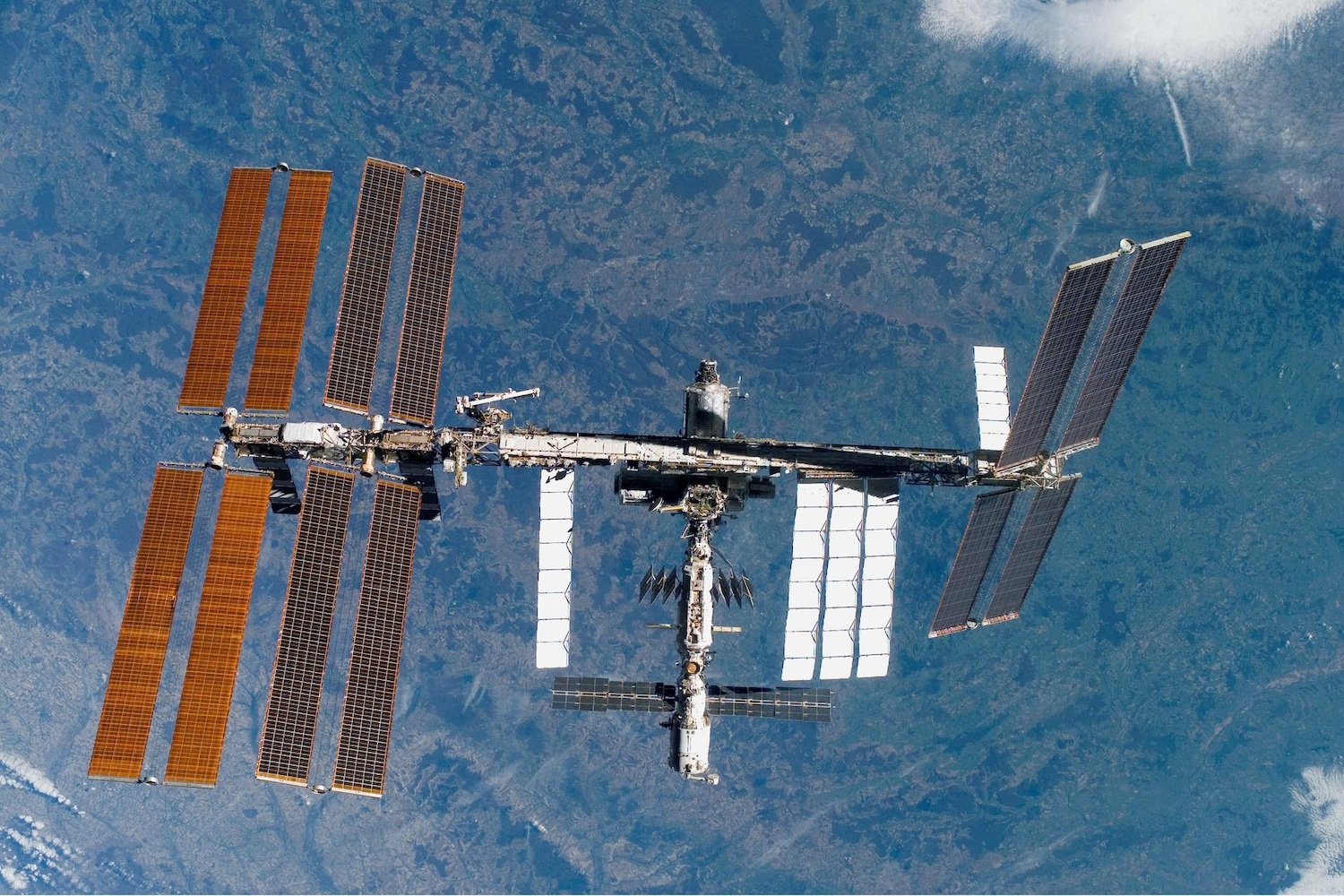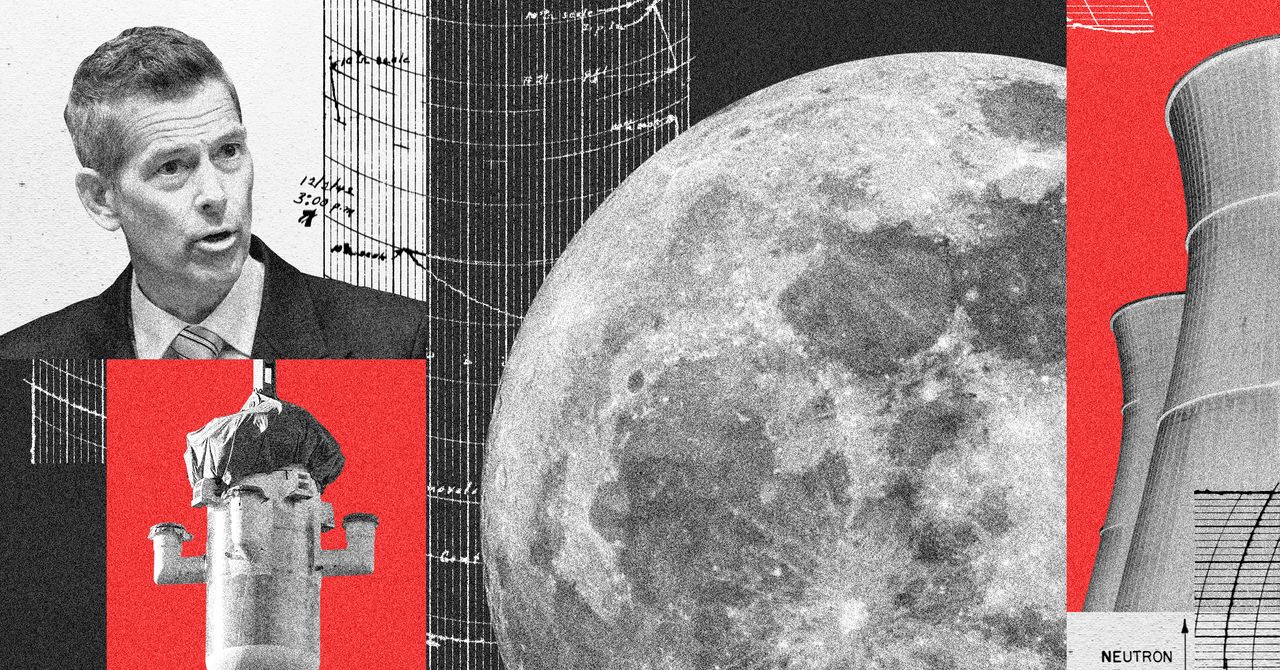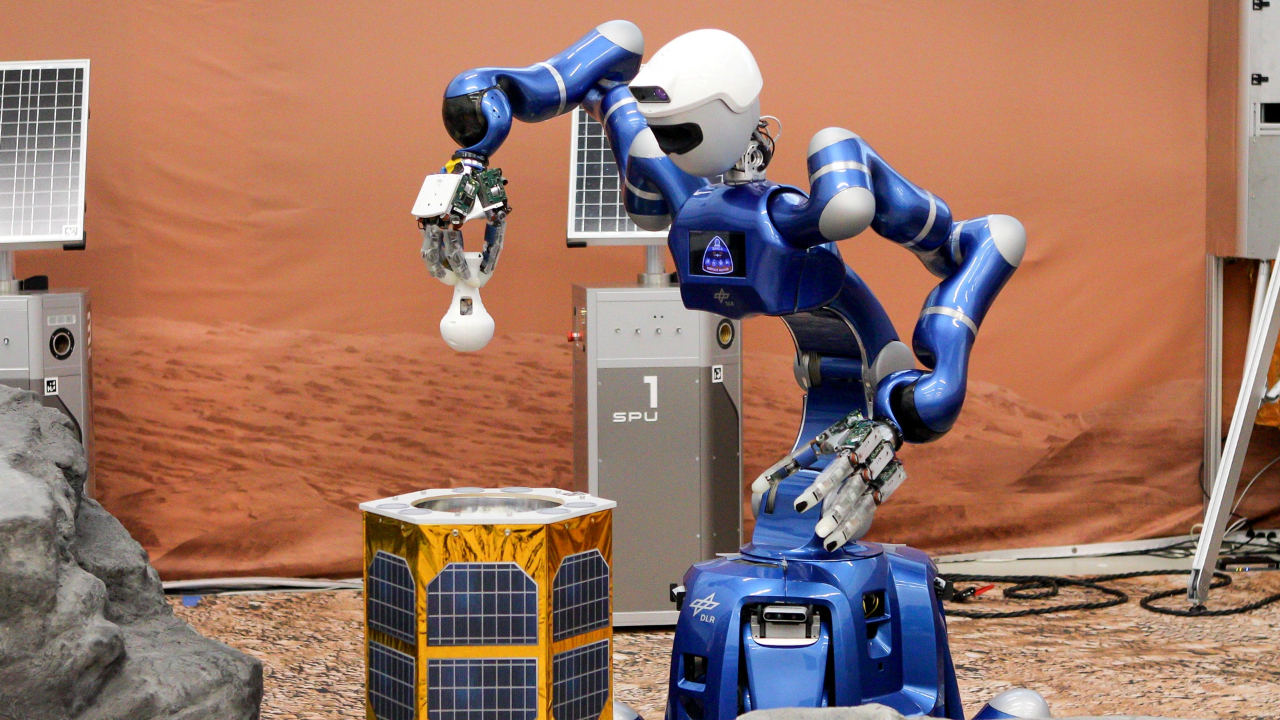NASA
NASA Told to Overhaul Its Plans to Replace the International Space Station

NASA’s New Directive to Evolve Low Earth Orbit Strategy
What’s Happening?
NASA has been ordered to overhaul its plans for post-International Space Station (ISS) operations. The directive, issued by the Trump administration, pushes for a private sector-led approach to maintain a human presence in low Earth orbit after the ISS retires in 2030. This shift signals a significant change in NASA’s strategy, aiming to foster commercial innovation and reduce government costs.
Where Is It Happening?
The directive impacts NASA’s operations and planning, with the primary focus on low Earth orbit, where the ISS currently resides. The changes will affect international partnerships and private companies vying to build and operate new space stations.
When Did It Take Place?
The directive was issued by the Trump administration, with an expected timeline for the ISS’s retirement by 2030. The transition to new, privately-run space stations is expected to begin in the coming years.
How Is It Unfolding?
– NASA is tasked with finding private companies for upcoming ISS successor.
– trasladó;”>< ![endif]-- Order aims to maintain US })
- Major shift in focus: from government-financed facilities to commercial-driven stations.
- To transition, NASA will need to allocate a $1 billion budget in 2024 specifically for project funding.
- This will be the biggest overhaul to U.S. space agency's focus on low-Earth orbit.
Quick Breakdown
– ISS retirement set for 2030, as outlined in the new directive.
– NASA aims to replace it with a private station.
– A $1 billion budget has been allocated for 2024 to fund the transition.
– The directive emphasizes commercial partnerships and innovation.
Key Takeaways
NASA’s new directive represents a major shift in how the U.S. plans to maintain a presence in low Earth orbit. By encouraging private companies to take the lead, the agency hopes to foster innovation and reduce costs. However, this approach comes with risks, including ensuring safety and reliability in commercially run stations. The move also raises questions about international collaboration, as the ISS has long been a symbol of global cooperation in space exploration. The transition is set to begin in earnest in the coming years, with the ISS slated for retirement in 2030.
The transition to commercial space stations is a bold move, but it’s crucial that safety and international cooperation remain top priorities. We must ensure this isn’t just a race to the bottom in terms of costs.
– Dr. Jane Hartley, Space Policy Analyst
Final Thought
**NASA’s new directive is a bold step towards a privatized future in low Earth orbit, marking a clear departure from traditional government-led models. While this shift could spur innovation and drive down costs, it also raises critical questions about safety, reliability, and the role of international partners. The coming years will be pivotal in shaping the future of space exploration, with the stakes higher than ever as the ISS sets the stage for the next era of orbital outposts.**
-

 New York1 week ago
New York1 week agoYankees’ Aaron Boone Makes Cody Bellinger Statement After Aaron Judge Injury
-

 New York5 days ago
New York5 days agoToday in History: Investigation into Andrew Cuomo released
-

 New York6 days ago
New York6 days agoSmall quake shakes the New York area. USGS says magnitude was 3.0
-

 Chicago6 days ago
Chicago6 days agoESPN Provides Strong Response After Chicago Sky Pushed To ‘Shut Down’ Angel Reese
-

 Austin6 days ago
Austin6 days agoWho Is Austin Drummond? What to Know About Quadruple Homicide Suspect
-

 Houston5 days ago
Houston5 days agoWhy isn’t Dustin May starting on Sunday for the Red Sox?
-

 Houston5 days ago
Houston5 days agoCJ Stroud’s Mom Shows Uplifting Gesture to Houston Women After Sharing Texans QB’s Struggle
-

 Chicago4 days ago
Chicago4 days agoChicago Sky HC Makes Dissatisfaction Clear Amid 1-10 WNBA Collapse in Angel Reese’s Absence



















